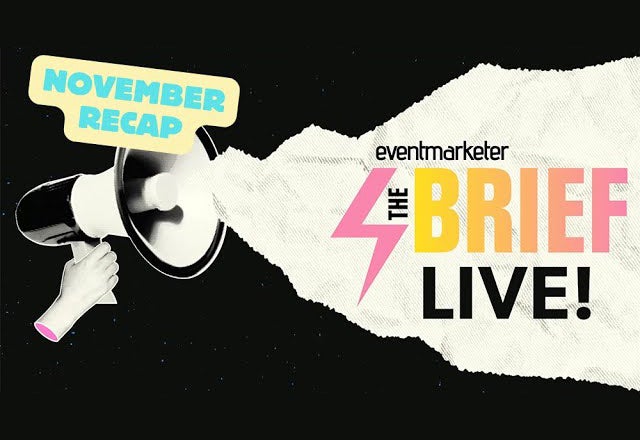Next week, upwards of ten thousand people will descend upon the Moscone Center for the ritual, that is ad:tech. If you live in the world that is performance marketing, you might not even know about two other events happening during the same time period, one next Tuesday and the other on Wednesday. The keynotes of each are impressive. The latter features Mark Zuckerberg while the former features the man whose company, Zynga, purportedly earns as much as Facebook. Coincidentally, his name also happens to be Mark, and he is indirectly loathed around the world for creating some of the most popular games. Why loathed? Thanks to them, you will find, as our friend and Houston Entrepreneur of the Year Cliff Kurtzman points out, "otherwise sane people spend insane amounts of time messing it." It was at a lunch with him, that I came upon the unfortunate realization that these games are the real deal.
Almost six months have past since the last time that we covered the social gaming space. Our interest in the space centered around the unanticipated overlap between performance marketing and social media. Historically, when you think of darlings of media and technology, you don’t think of performance based marketing. Sure, performance based marketers will test out new inventory, but historically speaking, those transactions took place outside of the mainstream. That was not the case for a revitalization taking place in incentivized marketing. It was happening in one of the most mainstream areas, that of social gaming, or more specifically, virtual currency. Instead of completing offers in order to redeem a free prize, users completed offers to redeem the equivalent of digital carnival tickets that they could spend within a self-contained ecosystem.
The inventory was new, but many of the implementations were the same, focusing on an offer wall, the same type of wall that the free ipods of the world have relied upon for years. What happened next was perhaps predictable, but it happened sooner than anyone might have expected – namely mayhem. Pair aggressive entrepreneur with aggressive savvy marketer, in this case game developers with offer providers, and the focus does not generally center on the end user. The same thing happens when you pair novice entrepreneur with savvy marketer, you get a system that monetizes well, but one that doesn’t make user experience the top priority. That combination can work when it involves smaller numbers, but not when the system sees tens of millions of people and operates under an increasingly large microscope. That is why, roughly six months ago, the performance marketing monetization ecosystem imploded with offer owners, game developers, and the offer wall (alternative payment platforms) being exposed in a not positive light.
In some ways, those were the good old days. It was an easy and relatively straightforward existence. If you had a subscription service, especially a flexible premium sms one, you could capture immense volumes by placing it on an offer wall. And at the risk of oversimplifying, if you had a decent background in offer walls / incentive offers, you could open up your own alternative payment company, or at the very least make solid money brokering ads to them. It was like having an ad and ad unit ready to scale. Not so much anymore. The more accessible opportunities would appear to have greatly diminished and are experiencing an irreversible trajectory.
Today’s performance marketers face two types of headwinds with regards to virtual currency monetization. The first is traffic. Alternative payments as a percentage of total "payments" to games appears to have slipped, and the breadth of offers that can run has decreased. Fewer offers for less traffic is not the type of combination we might want to see. That said, it means performance marketers who invest into the creation of an offer, there exists a lot of untapped volume. For the alternative payment platforms, that combination has meant a shift away from Facebook for some but more universally a greater emphasis on non-direct traditional direct response offers as a form of monetization. What is having to be created now is the offer wall 2.0. Instead of the traditional cost per action, the model has focused on that elusive notion of engagement. Now, it’s all about turning brand advertisers into actionable ads. Want currency? Watch this video. Fan this page. Transactions of attention not the wallet.
Complicating the picture further is Facebook. Last year, the company launched their own form of payments, Facebook credits. Want to send a card or an animal. You don’t have to pay $1. You can now pay in credits, which you buy first with cash. Facebook has started to infiltrate the world of social games with credits. If a user has saved Facebook credits why not, as a game maker, create a frictionless transaction and accept Facebook credits (other than you might make less). The same logic now applies to alternative payments. A small test begins this week with users being able to earn Facebook credits through a select number of offers (Netflix and Gamefly) and select engagement ads. We are far from the point of developers having to use only Facebook as the virtual currency platform, but you can only imagine what Microsoft would have done had a third-party software program come close to making what they did off their own operating system.
If performance marketers want a piece of this new and growing pie, we will have two options. The first is to create better products, and the second is to help take existing, interesting products and turn them into digestible offers for the social environment. We have to figure out our next round of arbitrage – engagement to action. People have lots of time but little purchase intent. The challenge is dedicating time and effort to a space where the idea of ad units and drops isn’t as clear as search or email. If you are questioning whether to do it though, just think about what led to the growth in internet ad dollars – time and users. Who has time and users? Facebook and the games.



